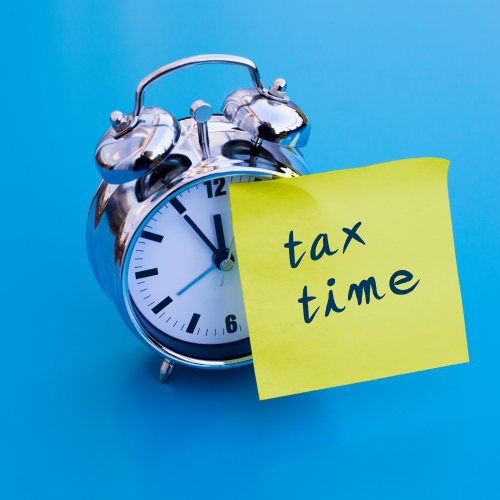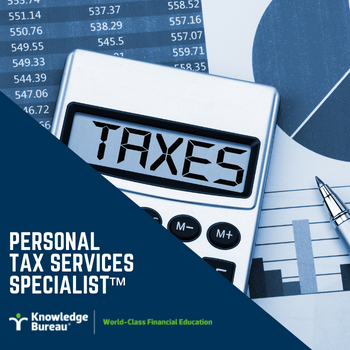Last updated: July 13 2022
New Record: Average Tax Refund Over $2,000

Evelyn Jacks
Intaxication is defined as the euphoria taxpayers feel when they get their tax refunds, only to find their euphoria diminish when they realize it’s their very own money CRA has been holding onto. This year, the government kept a new record amount: the average tax refund was $2,071. It’s hard-earned cash Canadians could be using throughout the year to fight inflation or invest. Is there anything you can do about that? Indeed there is, with the help of your Personal Tax Services Specialist.
Employers are required by law to deduct taxes from your pay and remit them on your behalf. That means the first dollars you earn every day go to the federal and provincial governments, right off the top. This year, when you do the math, it boils down to just over $170 a month you could be investing or using to fill up the gas tank.
What to do about this: Start with the TD1 form your employer gives you at the start of your employment and usually annually after this. This Personal Tax Credits Return tells your employer about the personal amounts you will be claiming for yourself and your family when you file your return including claims for your spouse or disabled children or tuition, for example. Don’t just claim “single”—be sure you are accurate, so you can keep more money for savings with every pay period.
More good news: your claims for common deductions and credits—like your Registered Retirement Savings Plan (RRSP) contribution, child care or moving expenses, deductible employment expenses or interest on your investment loans, medical expenses, tuition fees or charitable donations—all can be used to reduce your withholding taxes, too. Most people don’t know that. File form T1213 Request to Reduce Tax Deductions at Source to get those dollars included in your pay each pay period.
The result: even more money in your jeans every two weeks, to pay your bills or save for your future. Just fill out the T1213 – or have your Personal Tax Services Specialist do it for you -  and submit it to CRA. This will then give your payroll department permission to adjust your withholding taxes—downward—to account for your big deductions and credits.
and submit it to CRA. This will then give your payroll department permission to adjust your withholding taxes—downward—to account for your big deductions and credits.
Why does this matter so much? Most Canadians overpay their taxes throughout their working lifetime. Over 30 working years, in fact, the average Canadian tax refund equates to just over $62,000 in capital that is not going into your retirement or lifestyle savings accounts, and that is before any investment earnings are considered. The growth in that time period can be impressive, depending on where you save the money:
Average Tax Refund $2071 x 30 years = $ 62,130 in principle
Invested annually at 5% annual interest plus 3% indexing =
Savings non-registered account: $167,787
Savings registered account: $206,004 ($38,217 more)
Taxes are extra and that’s why if the refund was saved in a TFSA—Tax-Free Savings Account—the earnings are sheltered from tax along the way, and grow even bigger. Plus, the earnings in this account will never be taxed.
This scenario considers that this money is invested at the start of a 30 year period, not at the end of every year.
Bottom line: It’s only necessary to pay the correct amount of tax and no more. Personal financial planning must include a serious look at tax overpayments for the whole family. Doing what most other Canadians do—cheerfully awaiting your big tax refund after filing your return each spring provides the government with an interest-free loan. Instead, with a little proactive planning you could invest that money for your own future, and potentially, save a six-figure nest egg.
